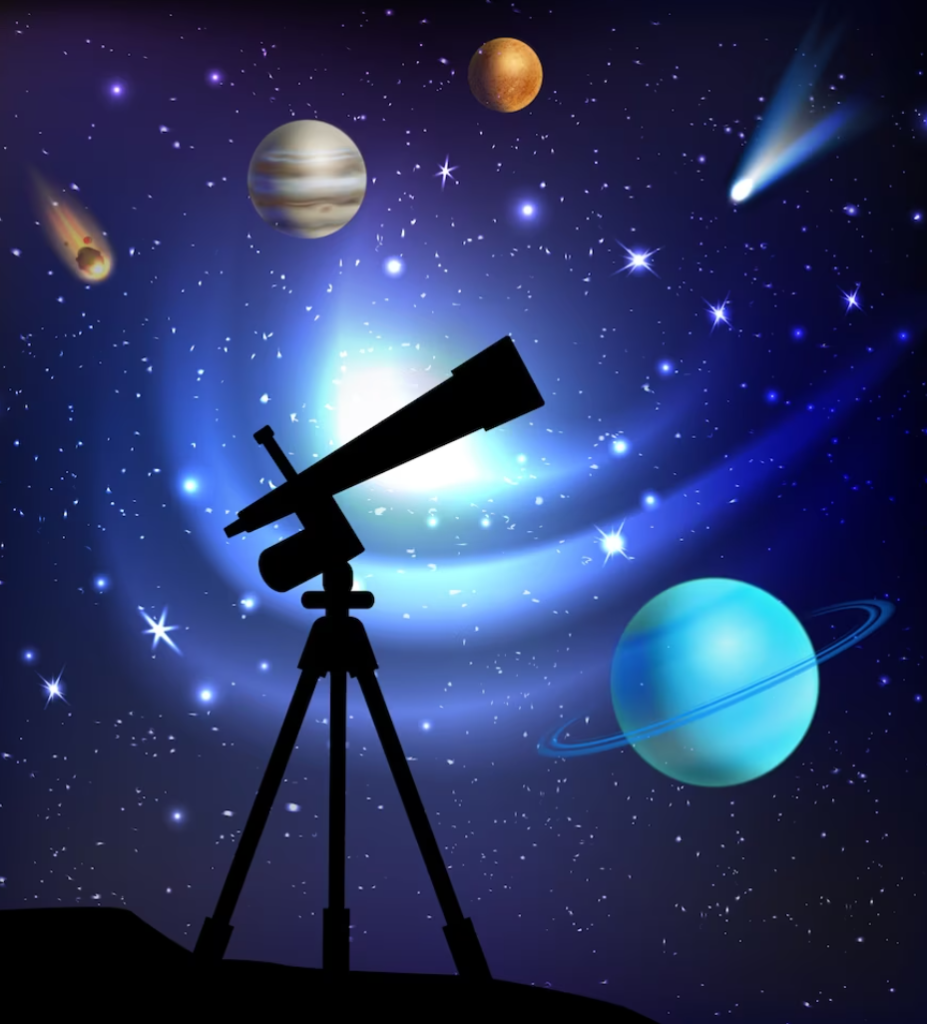This week, the James Webb Space Telescope YouTube channel published an intriguing new video that demonstrates how STScI science graphics developers Joe DePasquale and Alyssa Pagan convert Webb’s black-and-white image data into full-color composites.
In the accompanying article and video, it is explained how DePasquale and Pagan retrieve photos from Webb’s cameras, stretch and resize them, eliminate artifacts, and precisely apply color to each layer of the photo.
It is sometimes tempting to assume that colors in Webb images are phony or fake when people first learn that space telescopes like Webb do not capture full-color images but instead shoot in black and white. But that is oversimplifying things.

The chromatic ordering process is used to create the colors that viewers see in Webb’s photographs. This is the process of putting Webb’s photos, which were taken in infrared light that humans cannot see, in the order of wavelengths of light that they can observe. Because shorter wavelengths in visible light are bluer and longer ones are redder, scientists like DePasquale and Pagan have assigned the shortest and longest infrared light wavelengths measured by Webb the appropriate hues.
Numerous filters on Webb enable particular light wavelengths to get through and be captured by the telescope’s image sensors. The final image is processed using each filter’s associated image, which is viewed as a layer. According to chromatic ordering, each layer is assigned a color, and when the layers are joined, the end result is bursting with vivid, rich color.
However, each image’s tale does not end there. Additional photo editing is done to enhance visual appeal and guarantee that each image accurately conveys the scientific message. DePasquale and Pagan have the same desire for their photos to seem as excellent as possible as other photographers.
“Art and science coexist in harmony. From an artistic standpoint, it’s crucial for the aesthetics of a picture to have a distinct division between those hues and to assign the colors so that when they are added together, they produce the color white. That balance comes into play on the scientific side when it comes to colors being distinct and distinct enough for you to draw conclusions about science from the colors you are seeing. There could be conflict there.

